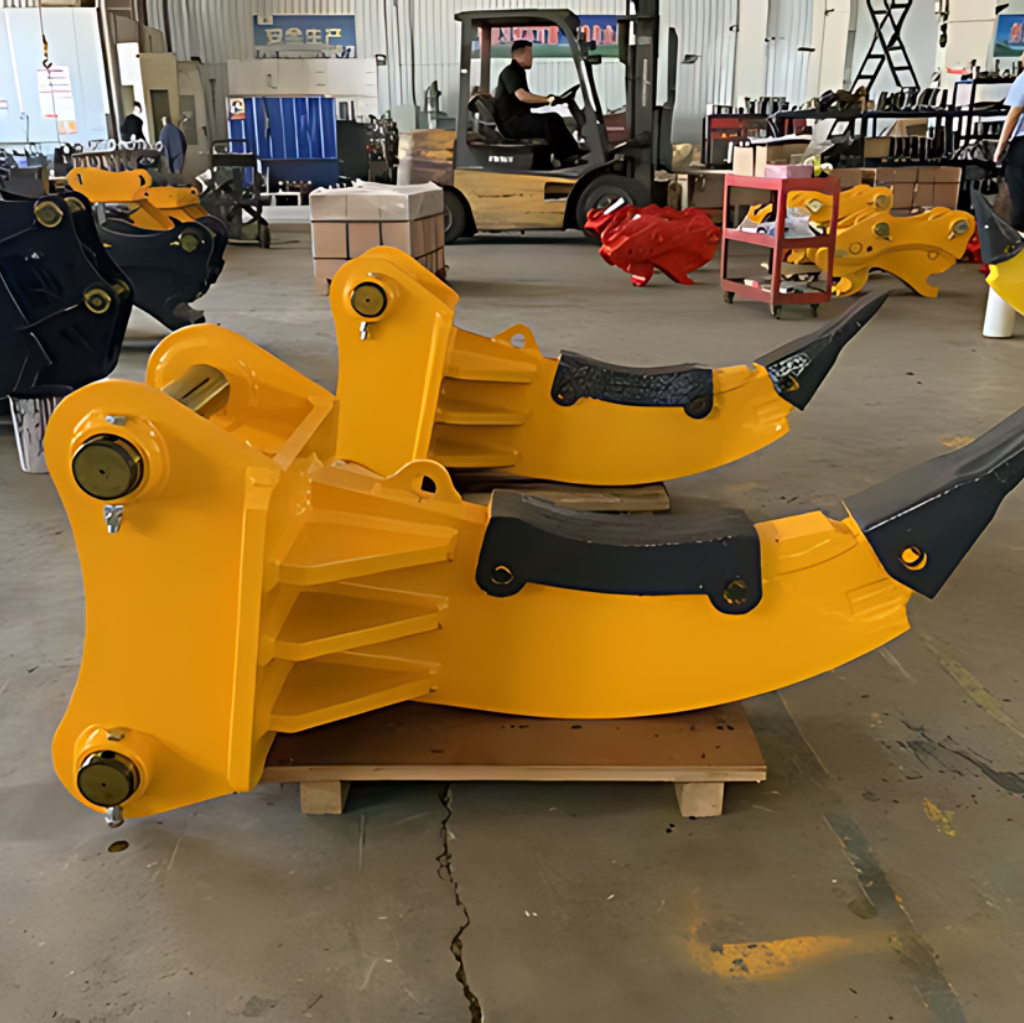
The Excavator Single-Shank Ripper in India is a heavy-duty attachment built to break through hard ground, frozen soil, shale, and rock with ease. Its single-tooth design focuses the machine’s power on one point, delivering deep penetration and efficient material loosening. Made from high-strength, wear-resistant steel, it ensures durability, reliability, and long service life. Commonly used in mining, quarrying, road construction, and land clearing, the single-shank ripper boosts productivity by making excavation faster, easier, and less demanding on other attachments.
An Excavator Single-Shank Ripper is a heavy-duty attachment with a single powerful tooth designed to break through tough surfaces like frozen ground, hard-packed clay, rock, asphalt, and tree roots. Unlike standard buckets, it delivers concentrated penetration force, making it ideal for loosening compact materials before excavation.
Built from wear-resistant steel with replaceable tips, the ripper combines durability, efficiency, and low maintenance. Its simple yet effective design makes it essential for construction, mining, roadwork, and land-clearing projects.
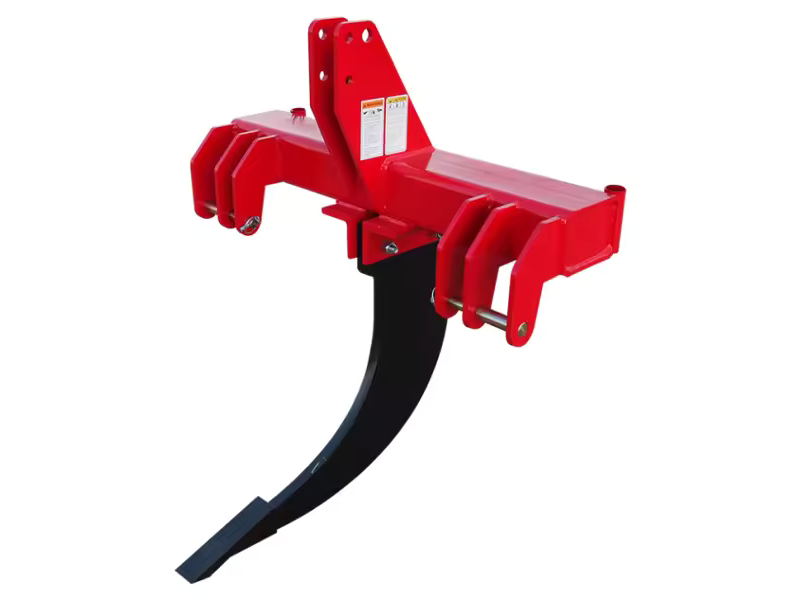
The single-shank ripper works by focusing the excavator’s hydraulic power into one sharp point, enabling deep penetration into frozen soil, rock, or compacted ground. Its curved shank design uses the boom and arm as a lever, prying and breaking apart hard layers with minimal effort. This combination of concentrated force and leverage quickly fractures tough material, making it easier to loosen and remove with a standard bucket.
The Excavator Single-Shank Ripper is built for power, durability, and efficiency in breaking tough ground.
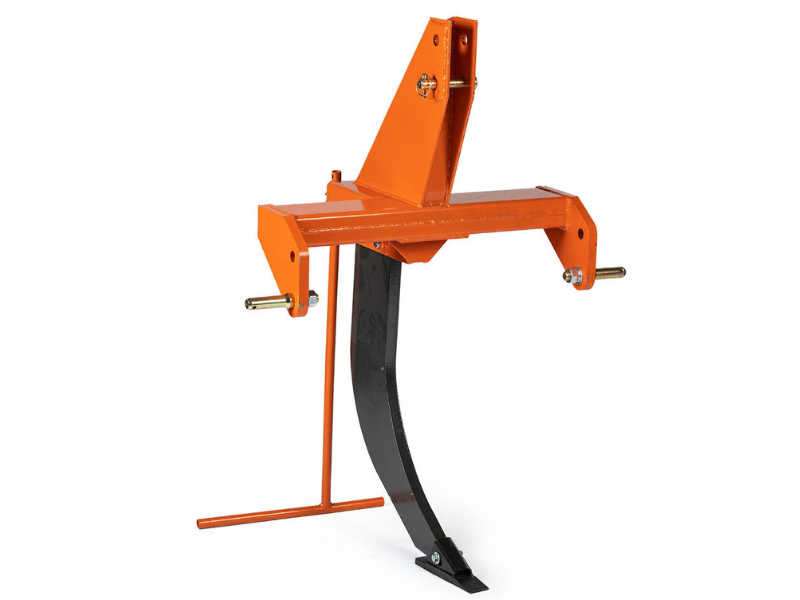
Sharp, high-penetration shank for compact soil, rock, and frozen ground.
Heavy-duty replaceable tooth for longer service life.
Curved design for better leverage and reduced machine strain.
Fits multiple excavator models with quick-coupler or pin-on options.
Replaceable wear parts for easy maintenance.
Made from high-tensile, wear-resistant steel.
Reinforced with extra plating to resist bending and cracking.
Precision welding for maximum durability.
Shock-absorbing design protects the excavator structure.
The Single-Shank Ripper is built for extreme ground conditions where standard buckets fall short. Its concentrated force makes it ideal for:
Hard & Compact Soil – Loosens dense layers for easier excavation.
Rock & Soft Rock – Breaks through shale, weathered rock, and quarry overburden.
Frozen Ground – Penetrates permafrost and ice-packed soil.
Roadworks & Demolition – Rips up asphalt, foundations, and old concrete.
Trenching & Pipelines – Cuts narrow, deep paths in resistant ground.
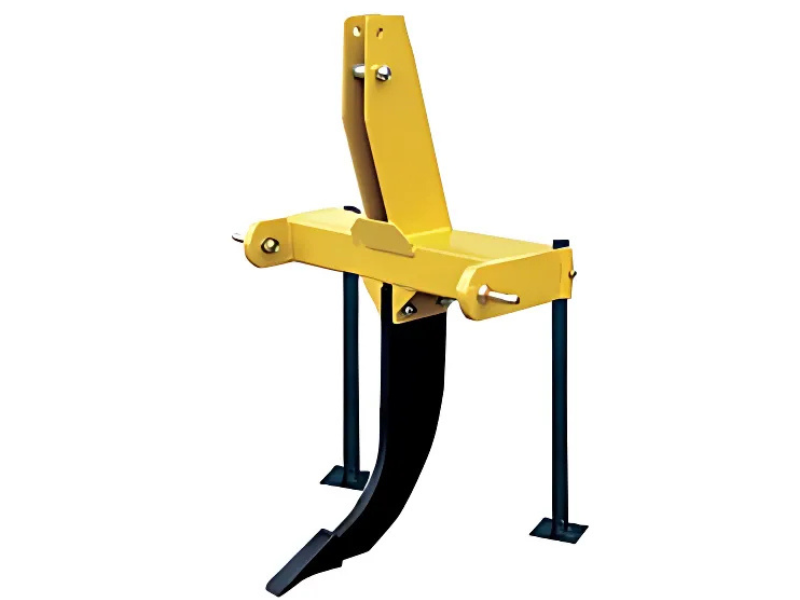
A single-shank ripper is a heavy-duty excavator attachment with one strong point that concentrates all the machine’s breakout force into a single tip. This makes it ideal for rock, frozen ground, compacted clay, and quarry work, where penetration power is more important than coverage.
Maximum Penetration – Focused force cuts deep into the toughest materials.
High Efficiency – Reduces repeated passes in hard or frozen ground.
Durable & Low Maintenance – Only one tooth to replace, built for extreme stress.
Versatile Use – Perfect for mining, trenching, land clearing, and roadwork.
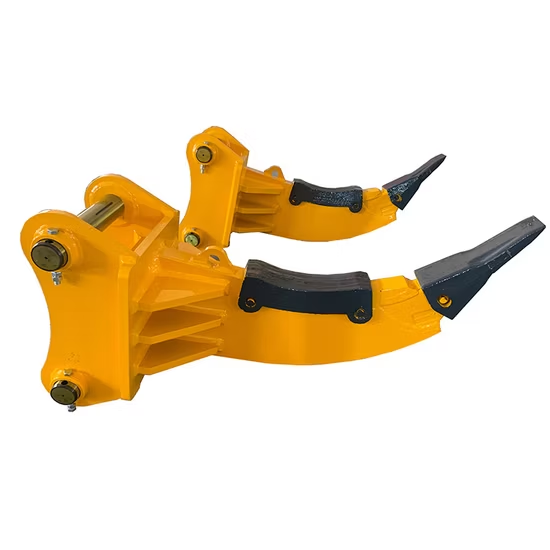
The Single-Shank Ripper is available for excavators of all classes, ensuring the right balance of strength and efficiency:
Mini & Compact (5–10 Tons): Lightweight design for trenching, landscaping, and compact soil.
Medium (10–30 Tons): Versatile rippers for quarrying, demolition prep, and frozen ground.
Large (30–50 Tons): Reinforced shanks for limestone, hard rock, and deep trenching.
Extra-Heavy (50+ Tons): Heavy-duty models for mining, basalt, and extreme conditions.
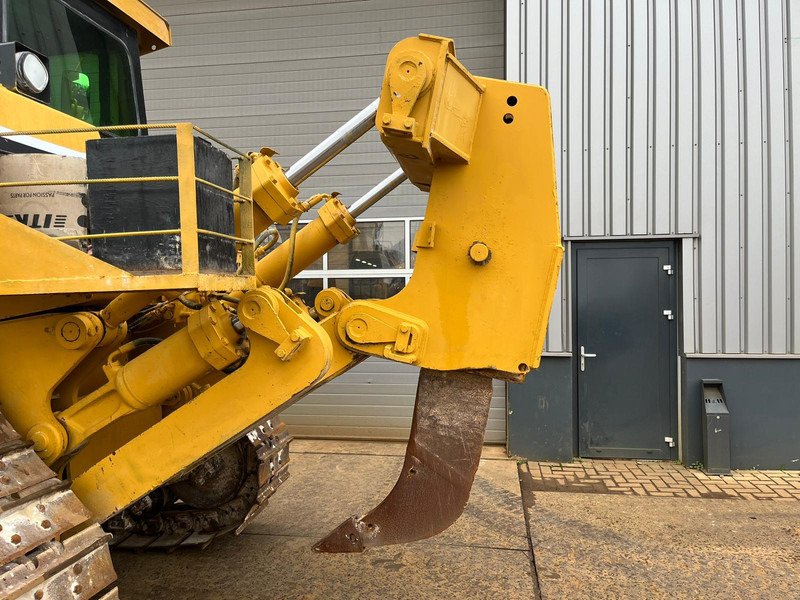
When selecting a single-shank ripper, focus on these essentials:
Excavator Size Match – Choose a ripper designed for your machine’s tonnage to avoid stress or damage.
Application Fit – Use heavy-duty models for rock and frozen ground; select sharper profiles for tough penetration.
Shank Strength – Look for high-strength steel, reinforced gussets, and curved designs for better breakout.
Tooth Quality – Pick replaceable, hardened tips that are sharp and easy to source.
Mounting Compatibility – Ensure proper fit with your coupler or pin system.
Durability & Maintenance – Opt for wear-resistant plates and accessible design for easier upkeep.
Manufacturer Support – Reliable brands with warranty and service reduce downtime.
A single-shank ripper is built for tough ground penetration, but its life depends on proper care and smart design.
Inspect shank, tooth, and bolts regularly for cracks or wear.
Replace worn teeth promptly for sharper penetration.
Keep pins and bushings well-greased to reduce friction.
Avoid overloading or sudden jerks to prevent bending.
Clean soil and debris after use to prevent corrosion.
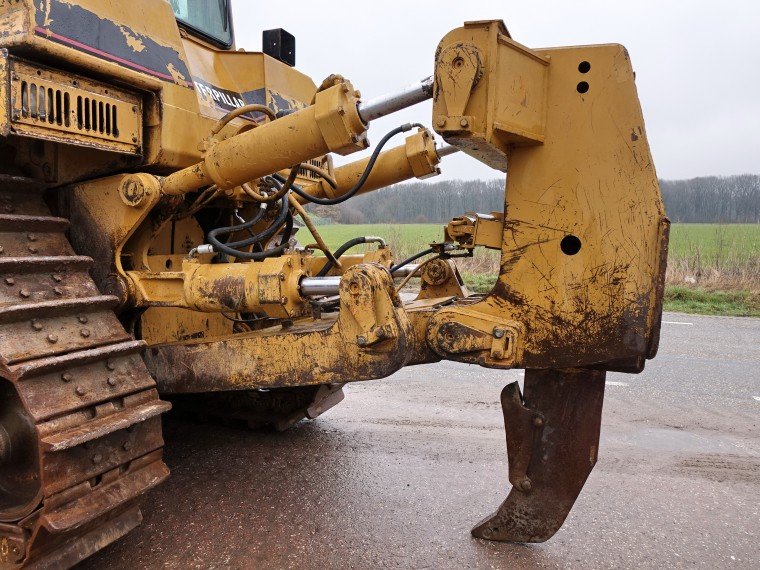
High-strength alloy steel resists heavy impact.
Replaceable tooth system cuts downtime and cost.
Optimized shank profile improves penetration and reduces stress.
Heavy-duty brackets ensure stable mounting.
Heat treatment and protective coatings add wear and corrosion resistance.
The Excavator Single-Shank Ripper is designed for maximum penetration and strength in the toughest conditions. By focusing the excavator’s full force on a single tooth, it breaks through compact soil, frozen ground, and fractured rock with ease.
Key Benefits:
Powerful penetration – Concentrated force for breaking hard ground quickly.
Higher efficiency – Loosens material faster, saving time and fuel.
Versatile use – Ideal for quarrying, trenching, demolition, and stump removal.
Protects buckets – Reduces wear on standard excavator buckets.
Durable & reliable – Built with heavy-duty steel for long service life.
Precision work – Perfect for targeted excavation with minimal disturbance.
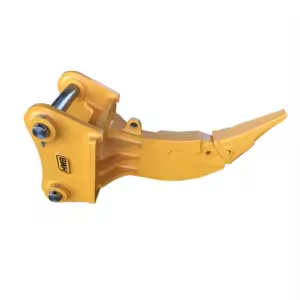
Operators agree that the key to effective ripping lies in technique and awareness.
Maintain the right tooth angle for deeper penetration with less stress on the machine.
Let the excavator’s hydraulic power do the work—avoid forcing the ripper aggressively.
Match tooth and shank size to ground conditions for best results.
Inspect teeth and shank regularly to prevent wear-related downtime.
Work safely—watch for underground utilities and unstable slopes.
For efficiency, many experts recommend the rip-and-load method, pairing the ripper with a bucket.
A Single-Shank Ripper is a heavy-duty attachment designed for excavators to break through hard ground, rock, compacted soil, asphalt, and frozen surfaces. It uses a single, reinforced tooth (shank) to deliver maximum penetration power.
Mainly in quarrying, demolition, trenching, and site preparation where tough or compacted material needs breaking.
Strong penetration for tough materials
Faster and easier excavation
Reduces wear on buckets and other tools

Yes. The ripper tip is replaceable, making it cost-effective and easy to maintain.
Check for wear or cracks, replace worn teeth, and keep pivot points greased for longer life.
Single-shank rippers are ideal for hard, compact ground, while multi-shank rippers cover larger areas of softer material.
Excavator Rock Bucket | Excavator Skeleton Bucket | Excavator Trapezoidal Bucket | Excavator Soil Bucket | Excavator Loader Bucket | Excavator Single-Shank Ripper | Excavator Triple-Shank Ripper | Excavator Track Link Assembly | Excavator Tooth Points | Excavator JCB Teeth & Side Cutter | Excavator Idler | Excavator Sprocket | Excavator Lower Roller | Excavator Undercarriage | Excavator Track Group | Excavator Bolts | Excavator Rock Bucket in Chennai | Excavator Skeleton Bucket in Chennai | Excavator Trapezoidal Bucket in Chennai | Excavator Soil Bucket in Chennai | Excavator Loader Bucket in Chennai | Excavator Single-Shank Ripper in Chennai | Excavator Triple-Shank Ripper in Chennai | Excavator Track Link Assembly in Chennai | Excavator Tooth Points in Chennai | Excavator JCB Teeth & Side Cutter in Chennai | Excavator Idler in Chennai | Excavator Sprocket in Chennai | Excavator Lower Roller in Chennai | Excavator Undercarriage in Chennai | Excavator Track Group in Chennai | Excavator Bolts in Chennai | Excavator Rock Bucket in India | Excavator Skeleton Bucket in India | Excavator Trapezoidal Bucket in India | Excavator Soil Bucket in India | Excavator Loader Bucket in India | Excavator Single-Shank Ripper in India | Excavator Triple-Shank Ripper in India | Excavator Track Link Assembly in India | Excavator Tooth Points in India | Excavator JCB Teeth & Side Cutter in India | Excavator Idler in India | Excavator Sprocket in India | Excavator Lower Roller in India | Excavator Undercarriage in India | Excavator Track Group in India | Excavator Bolts in India
TEAM. All Rights Reserved. Developed by Pixel Tech.